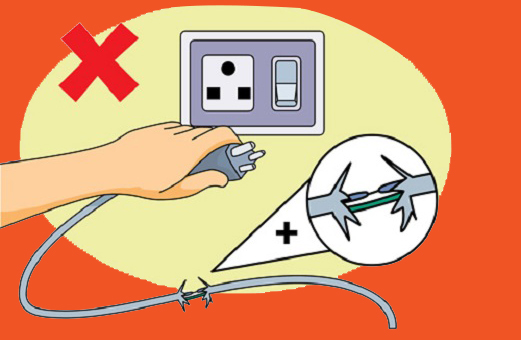The Importance of Safety
A serious workplace injury or death changes lives forever – for families, friends, communities, and coworkers too. Human loss and suffering are immeasurable. Occupational injuries and illnesses can provoke major crises for the families in which they occur. In addition to major financial burdens, they can impose substantial time demands on uninjured family members. Today, when many families are operating with very little free time, family resources may be stretched to the breaking point.
Every person who leaves for work in the morning should expect to return home at night in good health. Can you imagine the knock on the door to tell you your loved one will never be returning home? Or the phone call to say he’s in the hospital and may never walk again? Ensuring that husbands return to their wives, wives to their husbands, parents to their children, and friends to their friends — that is the most important reason to create a safe and healthy work environment.



